1921 (Taisho 10) Friday, August 12 Colonel Otawara Tataru, Commander of the Ad Hoc Naval Defense Force in Siberia, returned to his home in Tokyo. Colonel Otawara was assigned to Nicolaevsk as a temporary coastal defense commander in July of the previous year. After completing his one-year term, he was replaced by his successor, Hidetaro Akimoto. He returned to his home in Ichigaya-tanimachi and was interviewed by the media. In January of the previous year, the so-called “Nikolaevsk incident” occurred in Nikolaevsk, which was closed in the middle of winter. Local partisans killed 351 Japanese soldiers and 384 civilians, leaving a total of 735 victims. The administration of Prime Minister Takashi Hara, which originally planned to end the Siberian expedition and withdraw troops, decided to increase the number of dispatched troops in response to public opposition.
Journalist Masao Otani strongly insisted on sending troops to Sakhalin based on this Amako Incident. The sponsor who funded the campaign is said to be Shoroku Tsutsumi who was the top manager of Hokuyo fishery. In other words, this movement was linked to Japan’s North Sea fishing rights. The Japanese government occupied North Sakhalin in retaliation for the Nikolaevsk incident. A responsible government was established in Russia, and it was regarded as “provisional occupation” until the Ammint incident was resolved. Alexandrovsk, the central city of North Sakhalin, is called Ako as it is written Asian in Japanese. The Navy has also dispatched warships to Kamchatka and the Amur River, where they will overwinter what they used to return to their home ports in winter. The commander was called the temporary coastal defense commander, and Colonel Otawara was appointed.
When Otawara returned to Japan, he brought back two Siberian puppies, named “Nikolaevsk” and “Alexandrovsk.”. There is a picture of Otawara surrounded by these 2 dogs and his family at home, so I will attach it.
Colonel Hidetaro Akimoto was sent to Siberia by rotation. The Japanese Navy will develop a port city called Malinsk as a wintering base. This is the place from Nikolaevsk to the Amur River (which is called the Heilongjiang in Chinese), upstream, or south. It’s a place facing the lake called Lake Kiji. It doesn’t freeze even in winter. This marinsk is now called Mariinskoe. Newly appointed Colonel Akimoto will visit the site on September 5 to inspect the progress of the construction in Marinsk. However, he died there four days later on September 9. He was raised one rank to rear admiral because of his death during the operation, but according to the documents of Shinkai which were given by the Minister of Navy, Tomosaburo Kato to the Prime Minister, Takashi HARA, he died of illness. I don’t know the detailed situation, and there is a document that says he died in an accident.
In any case, there is no doubt that the Japanese side was also victimized by the continuation of the Siberia expedition. In the end, during the 7 years of the Siberian Invasion, the total number of military and civilian casualties of the Army and Navy was 3333, including 2643 deaths in the war and 690 deaths from disease. This does not include civilians. There were 384 victims in the Amako Incident alone, so there must have been quite a number of civilian victims, but there is no statistical data. In recent years, there has been a great deal of progress in the study of the Siberian expedition, so I think that the details of the expedition will be clarified in three dimensions.
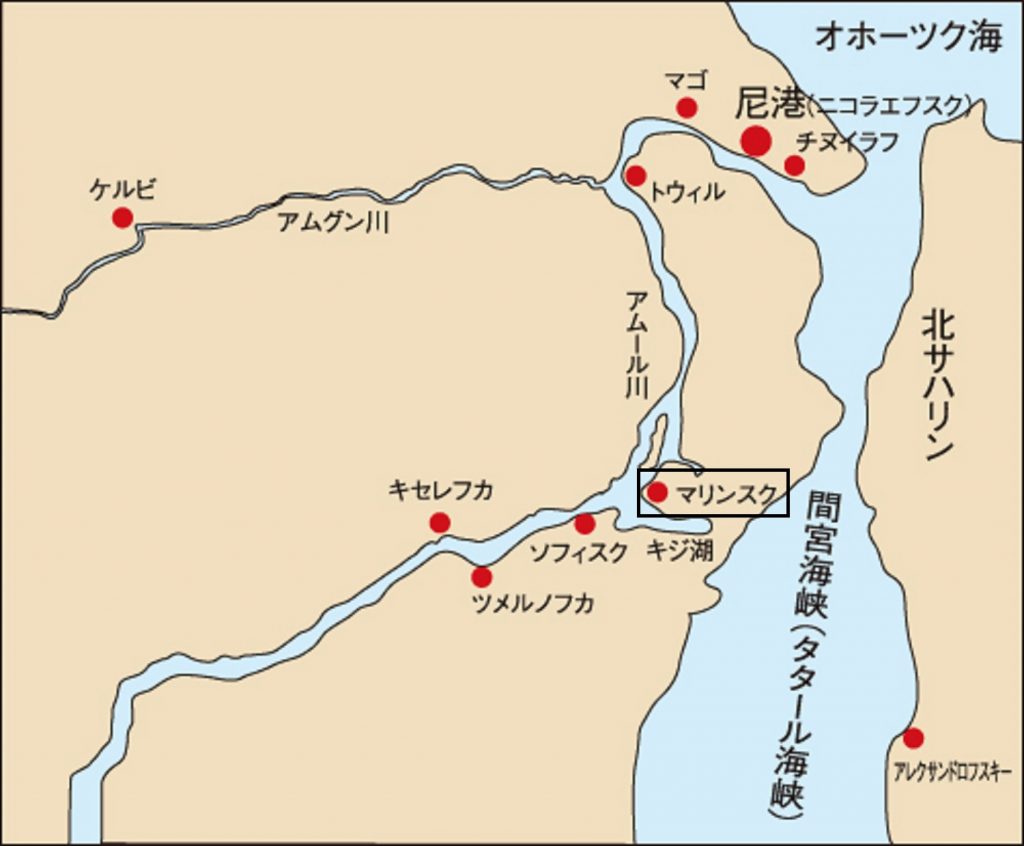
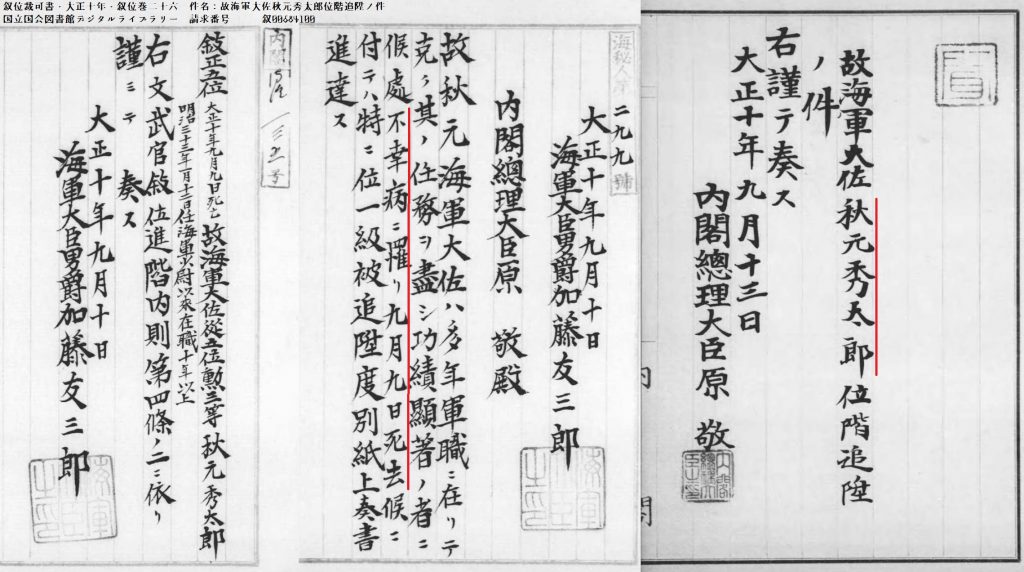
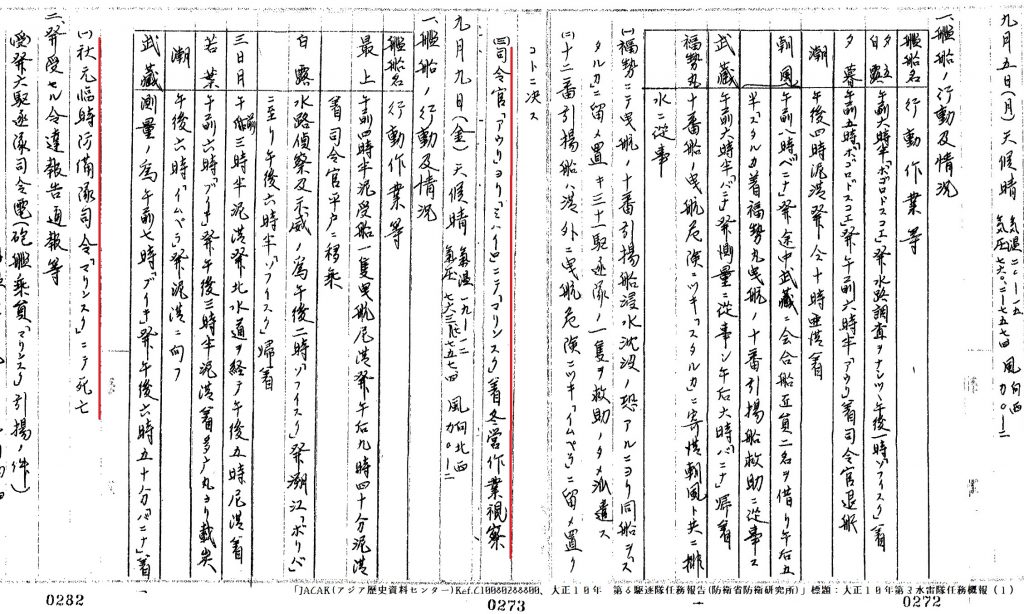


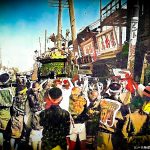
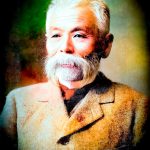
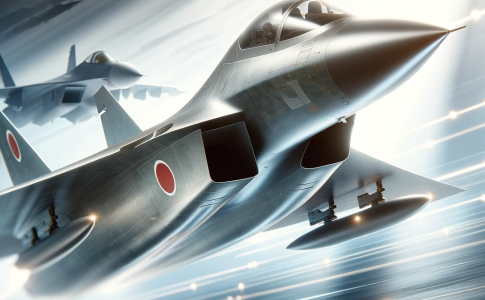
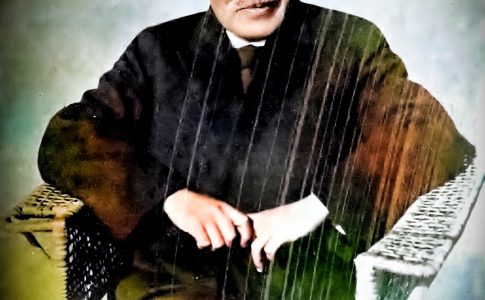
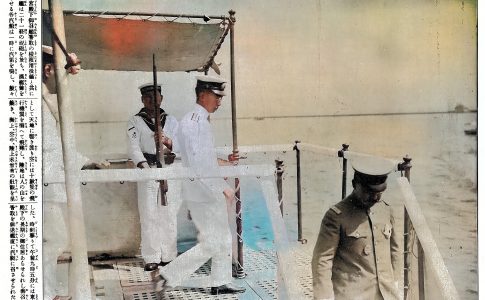


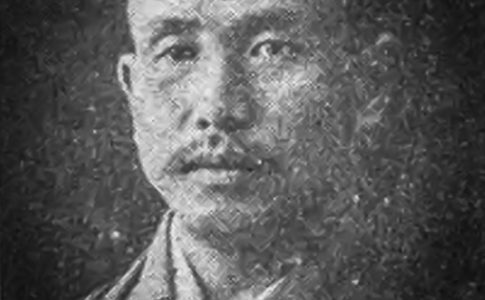
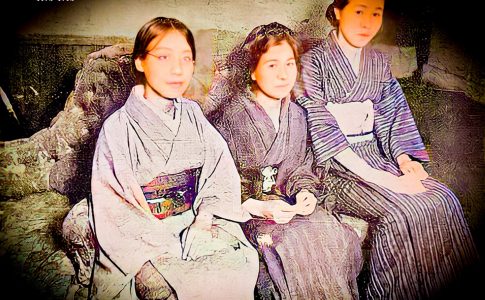
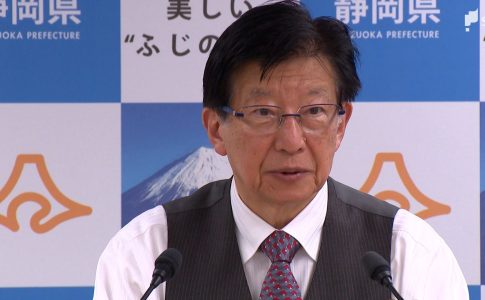
Leave a Reply